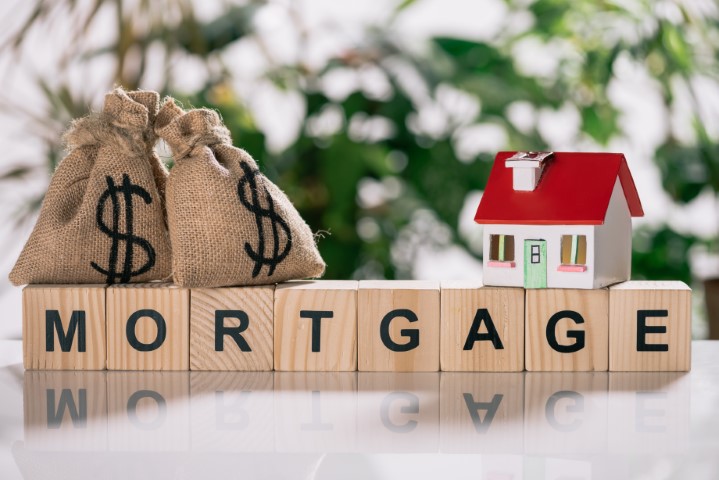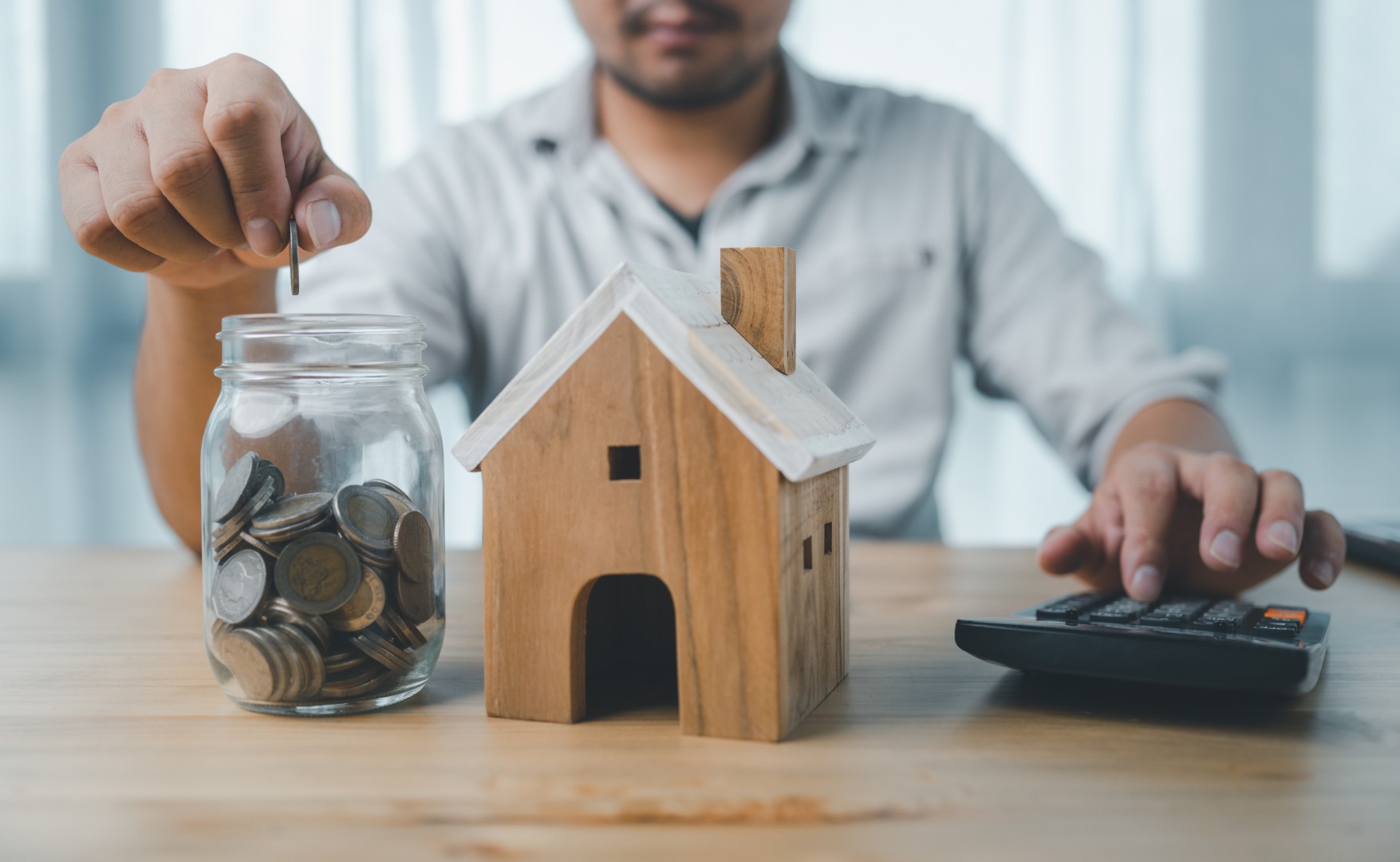October 15th 2024
 One of the mistakes we make in life is to base our economic decisions on the here and now rather than on what will be in the future.
One of the mistakes we make in life is to base our economic decisions on the here and now rather than on what will be in the future.
Governments do that.
Pretty much every year they spend millions of dollars that they don’t have. Now I’m not saying that the money they spend is not spent on worthwhile endeavours. Health care, enhanced infrastructures, education. The problem is that every dollar they spend over and above what they take in adds to the annual deficit and increases the national debt. And that debt will have to be re-paid one day. And in the meantime, the debt will have to be serviced. The interest needs to be paid.
So why do they do it? Two reasons. First, the Canadian citizens have come to expect it. We have grown used to a certain standard of living and we’re not excited about the prospect of cut backs. And secondly, our politicians enjoy being in office and they know if they spend enough, grant enough economic favours so to speak, it can buy them votes. And they want to get re-elected.
 Now don’t get me wrong. I’m not opposed to debt. In fact, I’m all for it, so long as it is ‘good’ debt, not ‘bad’ debt. And to understand the difference you need to look a ways down the road. Our government leaders need to do that. And so do we as consumers and as investors.
Now don’t get me wrong. I’m not opposed to debt. In fact, I’m all for it, so long as it is ‘good’ debt, not ‘bad’ debt. And to understand the difference you need to look a ways down the road. Our government leaders need to do that. And so do we as consumers and as investors.
Most investors tend to make their buying decisions based on ‘cap’ rate. Cap rate you’ll remember is the return you get with an all-cash investment. For years the coveted cap rate was 10%. That’s what investors were looking for. Of course, don’t forget that for many of those years mortgage rates were running around 11 ½%. So actually, not so great a return when you purchased with a minimum downpayment. Cap rate ideally should be reflected in the cost of borrowing. To get a realistic return based on the principal of leverage, your cap rate should exceed your cost of borrowing. Hard to do then. Hard to do now.
So today, interest rates for mortgages are hovering somewhere between 4% and 6%, and falling. And as they drop, so do cap rates with the inevitable consequence of rising prices. It’s hard to put an 80% mortgage on a property, especially with a  reasonably short amortization period, and get it to carry. So, what a lot of investors do, is based on today’s market realities, buy properties that ‘cash flow’. Often problem type properties, like rooming houses, converted multi-families, or buildings in less desirable locations. They cash flow now, but they are not sound investments in the long run.
reasonably short amortization period, and get it to carry. So, what a lot of investors do, is based on today’s market realities, buy properties that ‘cash flow’. Often problem type properties, like rooming houses, converted multi-families, or buildings in less desirable locations. They cash flow now, but they are not sound investments in the long run.
When investing, always buy for tomorrow. Look for quality, purpose built and desirably located. And don’t worry if you have to subsidize the purchase for a period of time. The market will catch up and down the road you’ll be pleased with your buy.
I’ve bought more than a few investment properties over the years. Sometimes at the peak of the market. Sometimes where I needed to subsidize the cash flow to make it work. I can honestly say I’ve never purchased a property and later regretted that purchase. On the other hand, I’ve not bought several properties and later regretted it.
I remember the first property I bought when I returned to St. Catharines. Back in 1984. It was a triplex and I paid $75,000 for it. Interest rates were around 11 ½% as I recall. Of course, I still own it. Cash flow wasn’t great at the time of purchase. People weren’t lined up to buy it. But based on my original investment (10% down) my return on that investment is pretty good today. Had I purchased solely in 1984 realities I might have bought a poor quality, poor located, rambling re-fit that cash flowed and then regretted it for the next 40 years. Instead, I own a great property that produces solid returns today.
No, whether it’s Government spending, personal consumer debt or real estate investment, don’t be myopic. Look ahead, down the road, and then make your decision.